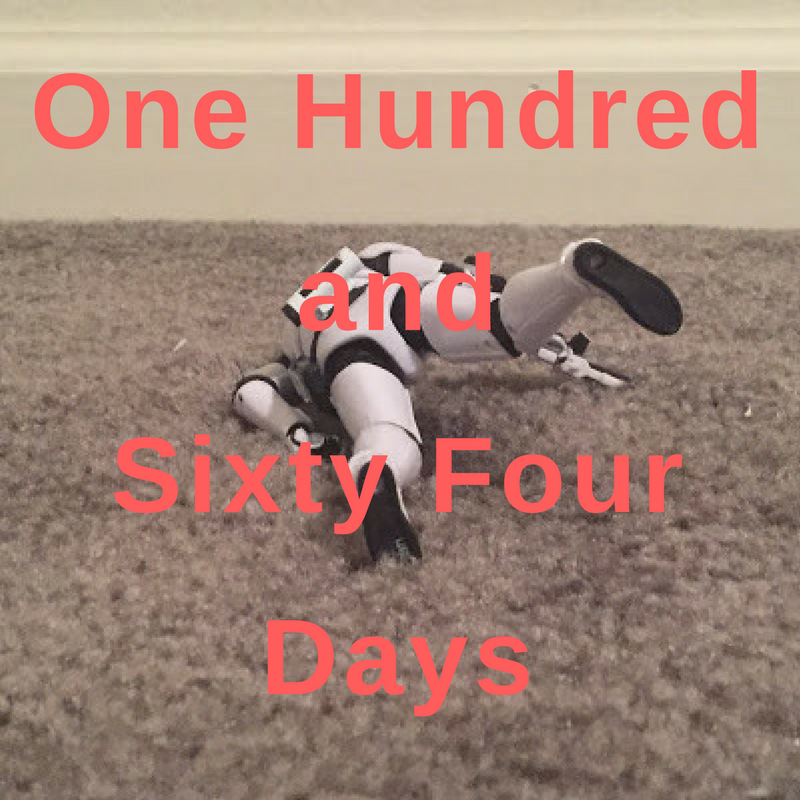
Drawn & Quarterly Showcase: Book One - Part II
Issue #259 of The Comics Journal was the "Youthquake" issue, and it featured interviews and critical examinations of several cartoonists who could legitimately be termed "up and coming." If there’s even one loose thread I think we can discern running between cartoonists as disparate as Drew Weing, John Pham and Paul Hornscheimer, it’s a return to a more classically-honed sense of formalism. This would be as opposed to the more intuitive (and sometimes plain surreal) brand of storytelling practiced by the last notable generation of up-and-comers, such as the ex-Fort Thunder crowd and the notoriously anti-craft James Kochalka. (This is a loose generalization, mind you, I could come up with any number of examples to refute it myself.)
In Tom Spurgeon’s introduction to his interview with Kevin Huizenga, Spurgeon proclaims that "[Huizenga] stands as good a chance as anyone working today of being the next alternative comics superstar," and I find this claim difficult to contradict. His work may lack the self-conscious flash of Sammy Harkham’s or the appealing professionalism of Derek Kirk Kim’s, but his stories hide deep layers the likes of which most of his peers have yet to realize.
Huizenga’s contribution to the first Drawn & Quarterly Showcase comes in the form of three interlocking and closely related stories, a triptych focusing on the life of Huizenga’s ostensible alter-ego Glenn Ganges. Huizenga isn’t married, however, and he’s never had to wrestle with an inability to conceive or eat a feathered ogre’s egg. Ganges is merely a conceit, and is used by Huizenga in a manner comparable to the way Philip Roth uses Nathan Zuckerman – as a patsy, a cipher, a keyhole with which to peer through the heart of his stories.
Huizenga tells a story with the effortless exposition of a master autodidact, someone who knows too much and can’t help but let his knowledge seep over the sides of the cup. It’s a refreshing change, given the focus on stringent formalism that has consumed leading cartoonists such as Ware and Clowes (And the many remoras who follow them), to read a story that is actually about something other than the act of being a comic book. Whereas Ware and Clowes use formalism as a cudgel, constricting the circulation in their stories until the constant desire for perfection produces a strangulation effect, Huizenga seems content to produce work that uses a deft touch of formal craftsmanship merely to illustrate ideas, and not to communicate emotional content through the nigh-oppressive use of craft.
(Already I can see the English majors in the audience nodding their heads in pity – "but if he’s not a structuralist then what the hell good is he?" [Hey, I was an English major too, I just ignored the stupid stuff.]) (And I hardly dislike Ware & Clowes, either, I’m not stupid.)
The first story in the trilogy is untitled, and takes place in the space of about five minutes on a clear spring afternoon. Glenn goes for the mail and spends the rest of the strip contemplating the fate of the missing children whose pictures are printed on the back of direct-mail flyers. After a bit he digresses and discusses an enclave of recent Sudanese refugees who have settled in his community. Along the way, he very matter-of-factly drops in the fact that he and his wife have been unsuccessfully attempting to conceive a child for some time.
Huizenga deserves credit for avoiding the obvious thematic touchstones that you would expect to see in a story like this. Usually, if the story dealt with an infertile couple, you would expect to see the world illustrated with an eye towards obvious symbols of fertility or decay – deer with young fawns or rotting roadkill. Instead, he avoids the use of any explicit imagery to nail his thematic context. Instead, he illustrates his narration in a very straightforward manner, using a light and airy brushline to communicate an almost immaterial reality.
Instead of either life or death, the story focuses on the concept of detachment – of children detached from their families, of families detached from the mainstream of society, of immigrants detached from their culture, and of a young couple detached from their own abilities to reproduce.
The story features two distinct "movements." The first, which begins with Glenn’s musings on the missing children and the wonders of age advancement technology, ends with Glenn’s comment about his family’s infertility. It’s a poignant, painful moment, made no less so by the fact that he slips it in very subtly. After a short pause (about the time it takes to turn the page) the story picks up steam again, this time on the subject of the Sudanese immigrants. Glenn’s thoughts follow the Sudanese as their story unfolds and he contemplates their cultural remove. After two pages of extremely dense exposition, Huizenga finishes the story with another long pause, an almost wordless two-page sequence in which Glenn closes the mailbox and brings the mail into his wife. After the extremely dense content of the preceding few pages, these panels seem almost barren, filled with empty lawns and cloudless skies. Again, Huizenga’s light brushwork lends the story a sense of delicate melancholy that a heavier technique would not have communicated so easily.
The final page is set-up to the story’s virtual punchline. I won’t give it away (because it would be meaningless outside the story’s context) but in one gesture Huizenga does a brilliant job of communicating Glenn’s rootless despair and the helplessness of their situation. It sounds heavy, and perhaps it is, but it actually reads remarkably light. There’s a remarkable melange of contradictory and conflicting emotions here, just as in real life. You don’t know whether to smirk or to frown. As a reader, you don’t know how to react, and it’s just this ambiguity that makes the story such an interesting achievement.
The next story, "28th Street," is the focal point of the two shorter pieces that buttress it. It’s based on an Italian folktale called "The Feathered Ogre." Basically, after the Ganges have tried everything they can do to have a child, Glenn is told that if he can steal a feather off a feathered ogre, he will be allowed to conceive. So he goes on a strange quest to find the feathered ogre.
In terms of atmosphere, I see a lot of similarities between Huizenga’s approach to the story’s fantastic elements and Matt Brinkman’s treatment of similar concepts. Stylistically, the two artists couldn’t be further apart, but in terms of the way that they both present bizarre fantasy elements matter-of-factly in the course of their narrative, there’s a lot of common ground. When Glenn finally meets the feathered ogre (pretending to be Satan by wearing a bag over his head and taking his pants off – don’t ask) the ogre doesn’t have any great and solemn pronouncement, he merely says "Let’s eat – I’m starving," in the curt tone of a busy urban professional.
In terms of the way Huizenga tackles urban cityscapes, he shares a lot with the aforementioned Clowes. Pages 24-25 are mostly focused on showing off the town as Glenn drives around looking for the ogre. It’s basically the same type of suburban mid-sized townscape we’ve all encountered more times than we can count. But whereas Clowes’ and Wares’ precision can be ominous and alienating, Huizenga’s very naturalistic view of urban scenery is more familiar. Of course, the best part is seeing the typical cityscape melt into a Marc Bell-meets-Ron Rege, Jr. nightmare when Glenn dowses his eyes in magic gasoline in order to find the ogre. Scenes like this suggest that Huizenga has a lot more visual dexterity under his sleeve than his more formally restrained work might suggest (no fair if you get to peek ahead and read Little Sammy McSkinker!)
The final story in the triptych, "The Curse," features a brief history of the starling in North America. There are two passages herein that really stand out. The first is page 42, which illustrates groups of starlings moving across and over the countryside. Interestingly, even though Huizenga illustrates the starlings in flight as tiny folded lines, he still manages to communicate emotion and intent on the part of the birds through their motions and their aggregations.
The second sequence of note, and perhaps the most interesting sequence I’ve yet read this year, occurs on page 45. After Glenn scares a flock of starlings from his tree with a firecracker they take flight, swooping and curving through the air with no seeming shape or purpose, until finally aggregating into a recognizable flock and disappearing over the horizon. It may not sound like much on paper, but it’s a startling sequence in terms of the utter simplicity with which Huizenga can ably and affectingly illustrate a very complicated visual maneuver.
(I will also point out that page 47 also features a rather blatant Crumb swipe.)
In any event, Huizenga’s contribution to this volume ably illustrates why he must be considered at the very top of his incoming class. There are few cartoonists working today who would be so comfortable juggling so many different genres and performing across so many emotional registers within the scope of only forty pages. The ambiguity and emotional engagement with which he imbues his stories foreshadows the coming of a truly monumental cartooning talent. Let us hope that he can live up to the promise within these pages.
Not to pressure him or anything.










































